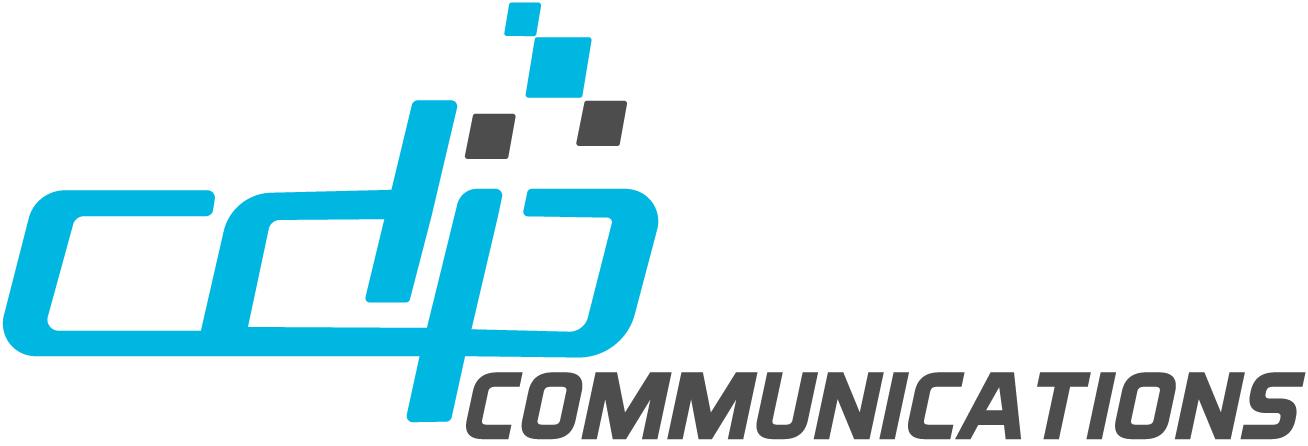High-volume document remediation software: unlocks accessibility for all. Digital document remediation software isn’t all the same. That said, attempting to achieve accessibility for enterprise and transactional documents at scale without an automated solution in place is near impossible. Today’s digital age brings with it an exponential increase in the sheer number of documents that are generated and shared each and every day.
As organizations of every stripe strive to make digital content accessible to all users, high-volume digital document remediation software has become an essential and much sought-after tool to ensure across-the-board inclusivity. Today, let’s discuss the immense benefits and distinct features of such software. Let’s also highlight its importance in creating accessible digital documents.
The Need for Accessible Digital Documents
Digital accessibility is essential for ensuring equal access to information. It opens the digital doors to everyone. It also makes available the resources and services anyone seeks, including persons with disabilities. That’s one of the primary reasons that organizations in every industry must ensure that their digital content, including documents, complies with current accessibility standards such as the Web Content Accessibility Guidelines (WCAG), and where applicable, Section 508 of the Rehabilitation Act, the AODA, and laws coming to helm in Europe and around the globe. Failure to do so is at an organization’s peril. Consider too, aside from the legal ramifications, there are undesirable outcomes related to negative public relations, and of course the lost opportunities for positive and beneficial engagement with customers and stakeholders alike.
High-Volume Digital Document Remediation Software
High-volume digital document remediation software is specifically designed to efficiently convert large quantities of documents into accessible formats. But, how does it work, you ask? The software scans each document, identifying accessibility issues as it scans. It then applies the necessary remediation to ensure compliance with accessibility guidelines.
Key features of high-volume digital document remediation software include:
- Automated Remediation: The software automates the process of detecting, addressing and fixing accessibility issues in the documents. It also broadly eliminates the time and effort required for manual remediation.
- Batch Processing: High-volume remediation software can adeptly process multiple documents simultaneously, which makes it possible to address large quantities of documents in a vastly shorter time frame.
- Compliance Reporting: The software generates detailed reports that surface accessibility issues detected and also reports on the remediation steps applied to create accessibility and compliance. These reports serve as useful documentation for demonstrating required compliance with the relevant accessibility standards.
- Integration with Existing Systems: The best remediation software can be integrated anywhere within existing document management systems, content management systems, and file storage solutions, even upon retrieval from client portals, thereby streamlining the accessibility process within an organization’s existing workflow.
- Support for Various File Formats: The best high-volume remediation software can typically support a range of file formats. This includes PDF, Microsoft Word, PowerPoint, and Excel files, ensuring that organizations can remediate documents in native formats.
The Benefits of High-Volume Digital Document Remediation
Implementing high-volume digital document remediation software offers several benefits:
- High Efficiency and Speed: Automated remediation vastly reduces the time, labour, effort and resources required for manual accessibility checks and fixes. It can do so across large volumes of transactional and enterprise documents.
- Immense Cost Savings: By automating the remediation process, it can greatly reduce the costs associated with manual document remediation. Then there is the elimination of potential costs… It can also save on potential legal fees from non-compliance, a cost that isn’t always talked about or considered. Depending on where you are in the world, the penalties and legal outcomes can be very expensive. Addressing this before any negative outcomes can arise is a smart move every time.
- An Improved User Experience: Accessible documents enable users with disabilities to access and engage with digital content. This provides for a more inclusive and positive user experience for everyone.
- Compliance Assurance is a MUST: Using high-volume remediation software helps organizations achieve and maintain compliance with accessibility guidelines and regulations. Again, this also works to reduce the risk of reputational issues, hefty fines and undesirable legal consequences.
Here’s the bottom line: high-volume digital document remediation software plays a crucial role in making digital content accessible to all users. In choosing to streamline the remediation process, organizations can ensure that their documents are not only compliant with accessibility standards, but also that it will result in a more inclusive digital landscape for everyone. Doing nothing is… no longer an option. Why? Two reasons might come to mind right away. Firstly, the law expressly forbids it. Second, the age-old good business practice of delighting all of your customers remains true. Even more so in this digital age.
Need a hand getting started, or stalled somewhere in the middle? Are your current solutions not doing what they should? Contact us today and we will be happy to connect: ua@cdpcom.com




